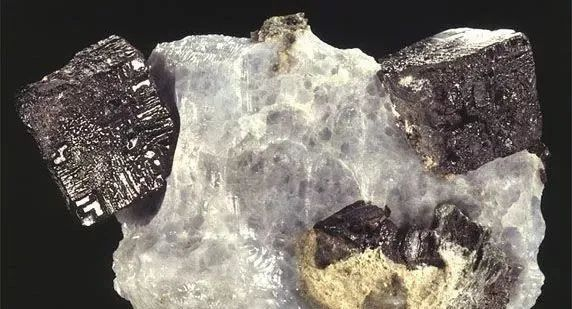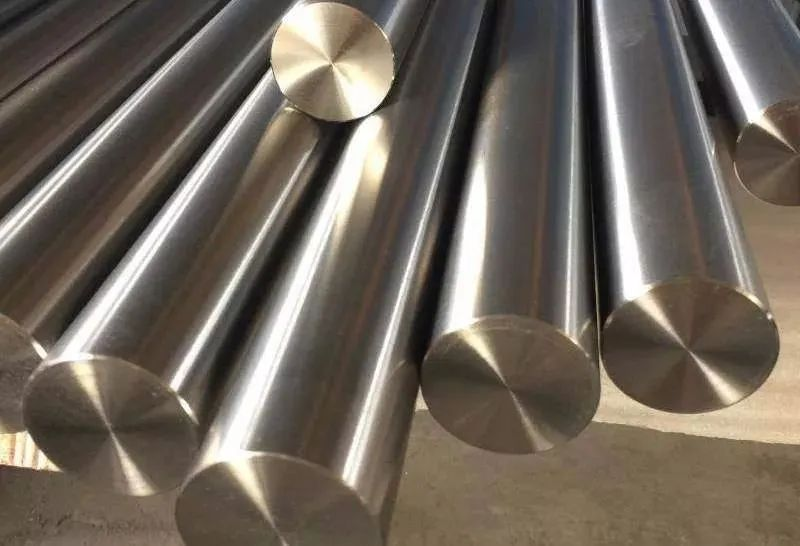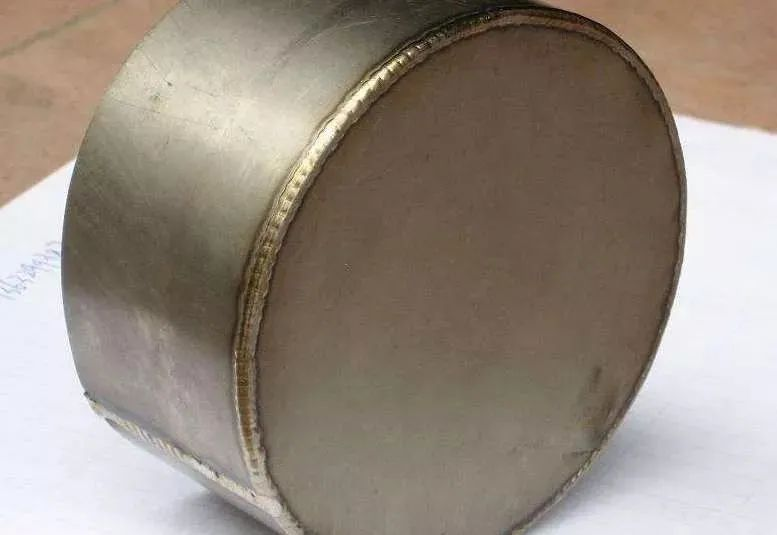Titanium alloys have low density, high specific strength, good corrosion resistance, low thermal conductivity, non-toxic and non-magnetic, and can be welded; they are widely used in aviation, aerospace, chemical, petroleum, electricity, medical, construction, sports goods and other fields.
Common welding methods for titanium and titanium alloys include: argon arc welding, submerged arc welding, vacuum electron beam welding, etc.
Preparation before welding
The surface quality of the weldment and titanium welding wire has a great influence on the mechanical properties of the welded joint, so it must be strictly cleaned.
1) Mechanical cleaning: For welds that do not require high welding quality or are difficult to pickle, fine sandpaper or stainless steel wire brushes can be used to wipe them, but it is best to use carbide yellow to scrape the titanium plate to remove the oxide film.
2) Chemical cleaning: Before welding, the test piece and welding wire can be pickled. The pickling solution can be HF (5%) + HNO3 (35%) water solution. Rinse with clean water after pickling, and weld immediately after drying. Or use acetone, ethanol, carbon tetrachloride, methanol, etc. to wipe the titanium plate groove and both sides (within 50mm each), the surface of the welding wire, and the part where the fixture contacts the titanium plate.
3) Selection of welding equipment: For argon arc welding of titanium and titanium alloy tungsten plates, a DC argon arc welding power source with external characteristics and high-frequency arc initiation should be selected, and the delayed gas delivery time should be no less than 15 seconds to avoid oxidation and contamination of the weldment.
4) Selection of welding materials: The purity of argon gas should be no less than 99.99%, the dew point should be below -40℃, and the total mass fraction of impurities should be 0.001%. When the pressure in the argon cylinder drops to 0.981MPa, it should be stopped to prevent affecting the quality of the welded joint.
Xinfa welding equipment has the characteristics of high quality and low price. For details, please visit: Welding & Cutting Manufacturers - China Welding & Cutting Factory & Suppliers (xinfatools.com)
5) Gas protection and welding temperature: The titanium pipe joint is low during welding. In order to prevent the welded joint from being contaminated by harmful gases and elements at high temperatures, the welding area and weld must be subjected to necessary welding protection and temperature control, and the temperature should be below 250℃.

Operating Instructions
1. When performing manual argon arc welding, the minimum angle (10~15°) should be maintained between the welding wire and the weldment. The welding wire should be fed into the molten pool steadily and evenly along the front end of the molten pool, and the end of the welding wire should not be moved out of the argon protection zone.
2. When welding, the welding gun basically does not swing horizontally. When it needs to swing, the frequency should be low and the swing amplitude should not be too large to prevent affecting the protection of argon gas.
3. When breaking the arc and finishing the weld, continue to pass argon protection until the weld and the metal in the heat-affected zone cool to below 350℃ before removing the welding gun.

Surface color of weld and heat-affected zone
1. Weld zone
Silver white, light yellow (allowed for first, second and third level welds); dark yellow (allowed for second and third level welds); golden purple (allowed for third level welds); dark blue (not allowed for first, second and third level welds).
2. Heat-affected zone
Silver white, light yellow (allowed for first, second and third level welds); dark yellow, golden purple (allowed for second and third level welds); dark blue (allowed for third level welds).

Post time: Aug-20-2024



